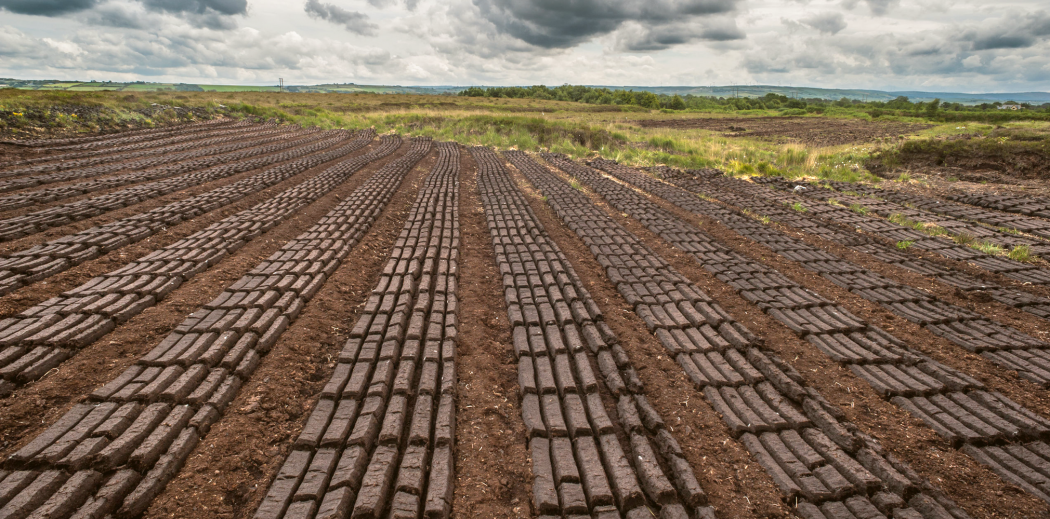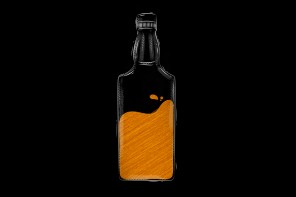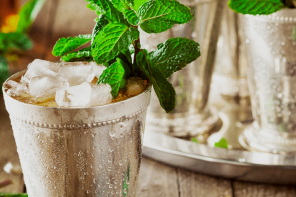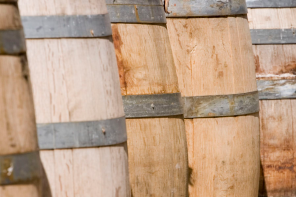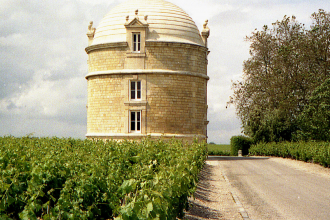When drinking whiskey, we’ve often heard of the term “peat” used to describe the flavor of the beverage. Maybe we’ve even heard the term taken out of a whiskey context to describe another drink like cider or beer, perhaps when it’s been barrel aged or has a depth of smoke; but whether we know what is meant by this term is another thing.
If asked, most would probably come up with a shaky definition. And, to be clear and specific, peat is actually peat bog, which is decaying vegetation like grasses, moss, tree roots and soil built up in layers over thousands of years (a bog grows 1mm per year). Scotland is covered by these peat bogs in large parts, which happens to also be a great energy source from the buildup of dead plants. Back in the day, it was used to generate heat for the distillation process, but this practice is rarely used anymore with the prevalence of electricity.
Peat is used in whiskey making during the drying process and to stop the germination of the grain, also called malting. Before it can become malted barley (or any malted grain), it must germinate and then peat comes into the picture. Peat bog is burned under the soon-to-be malted barley to stop the germination, thus drying the grain.
The smoke has phenols (a chemical byproduct from the smoke) that are absorbed by the malted barley. The amount of phenols and level of smokiness to a whiskey is determined by the length of time the barley is exposed to the peat smoke, the amount of smoke and type of peat bog used. Usually the damp, soon-to-be malt will dry for about 30 hours.
After the drying process and phenols absorbed, the malted barley is mashed and phenols are measured to a level of PPM (Phenol Parts per Million). The PPM will always be the same for the malt of a specific distillery and also measured again in the final spirit.
So, how does the peat affect the flavor of a specific whiskey? “Peaty” is the term used to describe the flavor profile that results from the smoke with tasting notes like cereal-y, grassy, herbal and nutty. And with the level of peat smoke in each whiskey differing, the peaty-ness will vary from whiskey to whiskey.
So, while peat is technically a tangible part of the earth used for a crucial part of whiskey making and also simultaneously a flavor profile – it’s very important to be specific when talking about this elemental aspect of whiskey.

